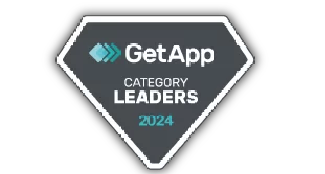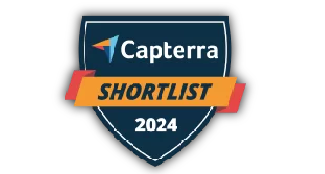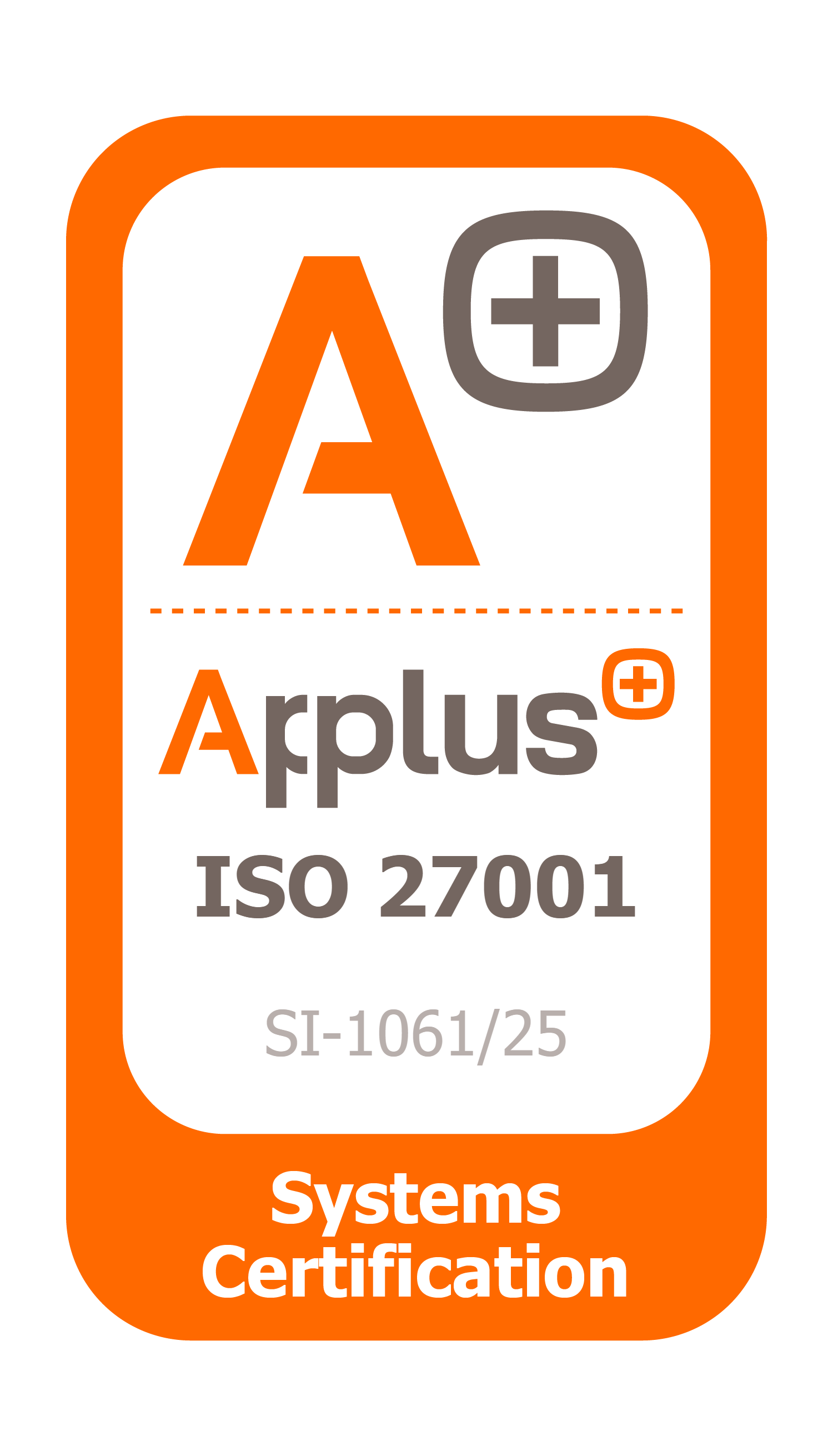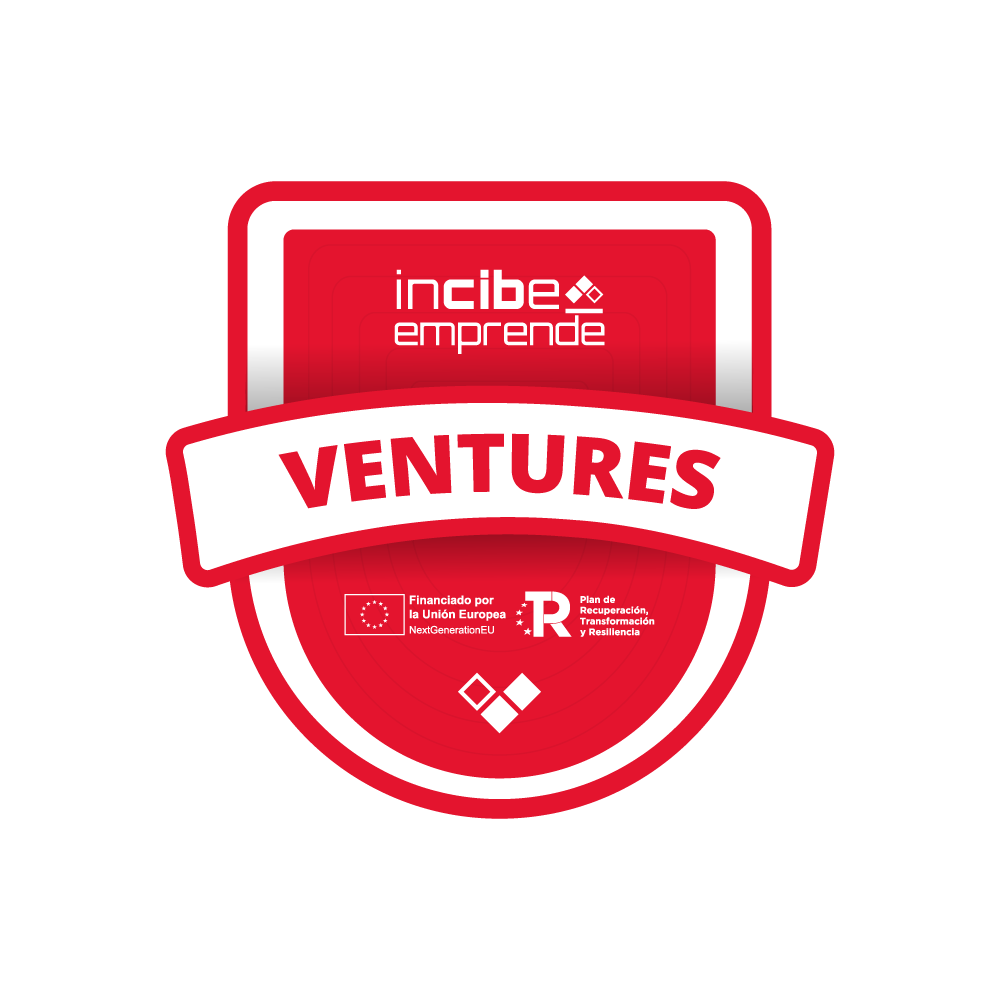Workplace meetings are planned gatherings among employees of an organization to coordinate, assess, make decisions, and advance in specific projects or tasks. In today’s work environment, where communication and collaboration are essential, meetings become vital tools for team organization and alignment.
Meetings allow a constant flow of information, ensuring that all team members are aware of shared goals and assigned tasks. It’s not just about gathering people in one place but providing an environment where interaction facilitates decision-making and problem-solving.
Thus, workplace meetings can be defined as gatherings among collaborators seeking to coordinate efforts to achieve a specific goal within the company.
Characteristics of workplace meetings
Workplace meetings are more than simple gatherings; each has unique characteristics that guarantee its effectiveness and value to the company. The following characteristics are essential for organizing meetings that make a real impact on the team and the project:
- Clear and defined objective: Every meeting should have a specific purpose guiding the conversation. Objectives may include presenting information, decision-making, or problem-solving.
- Structured agenda: A previously prepared agenda allows all participants to know beforehand the topics to be discussed, keeping the focus.
- Active participation: For a meeting to be productive, participants must be engaged, contributing ideas and opinions.
- Time limit: Long meetings can be counterproductive; setting a duration helps keep pace and prevents them from becoming a waste of time.
- Follow-up on agreements: At the end of the meeting, it’s important to clarify agreements and commitments. This way, everyone knows their responsibilities and can act accordingly.
Importance of meetings at work
Workplace meetings are essential for organizational development, allowing companies to coordinate and monitor their projects effectively. These gatherings help maintain organizational consistency, promoting collaboration and transparency in processes. Additionally, they ensure employees are aligned with the company’s values and goals.
Well-planned and executed meetings strengthen the organizational culture and foster a trusting environment where collaborators feel heard and valued. Through interaction, it’s possible to identify problems early and resolve conflicts constructively.
Types of workplace meetings
There are various types of meetings in the workplace, each designed for a specific purpose. Below are the main types of workplace meetings:
·Information meetings
Brief gatherings where important data is shared with attendees to bring everyone up to speed without needing debates.
·Decision-making meetings
Participants evaluate different options and reach a consensus on a decision. These meetings require active participation from all members.
·Problem-solving meetings
These meetings focus on identifying the cause of a problem and finding solutions, often involving detailed analysis and implementing innovative ideas.
·Follow-up meetings
Held to review project progress and ensure everything is proceeding as planned, ideal for tracking deadlines.
·Planning meetings
In these gatherings, objectives are set, and projects are outlined, crucial for organizing work teams.
·Feedback or evaluation meetings
These meetings allow for the evaluation of employee performance or project outcomes, providing constructive feedback.
·Creative or innovation meetings
Sessions aimed at generating ideas and fostering creativity, helping to drive innovation within the company.
·Emergency meetings
Called when an unexpected situation arises that requires immediate attention and quick decisions.
·Social or team meetings
More informal, oriented toward improving relationships among team members, promoting a pleasant work environment.
Organize your meetings with Hybo
To maximize the value of each meeting, it’s essential to have management tools that optimize organization and space usage. At Hybo, we offer solutions to help you efficiently organize meetings, saving time and resources.
With Hybo, you can:
- Reserve meeting rooms based on necessary equipment, such as projectors or screens, optimizing resource use and avoiding scheduling conflicts.
- Automate the room’s environment so that lighting, climate control, and other elements are set up at the beginning of each meeting, improving attendee comfort and saving energy.
- Monitor room usage to gather data on occupancy and meeting space performance, allowing you to adjust and optimize resource usage.
- Install room panels to enable on-the-fly bookings without needing to open any device.












